“Silk Roads: The Ancient Bridge Between East and West”
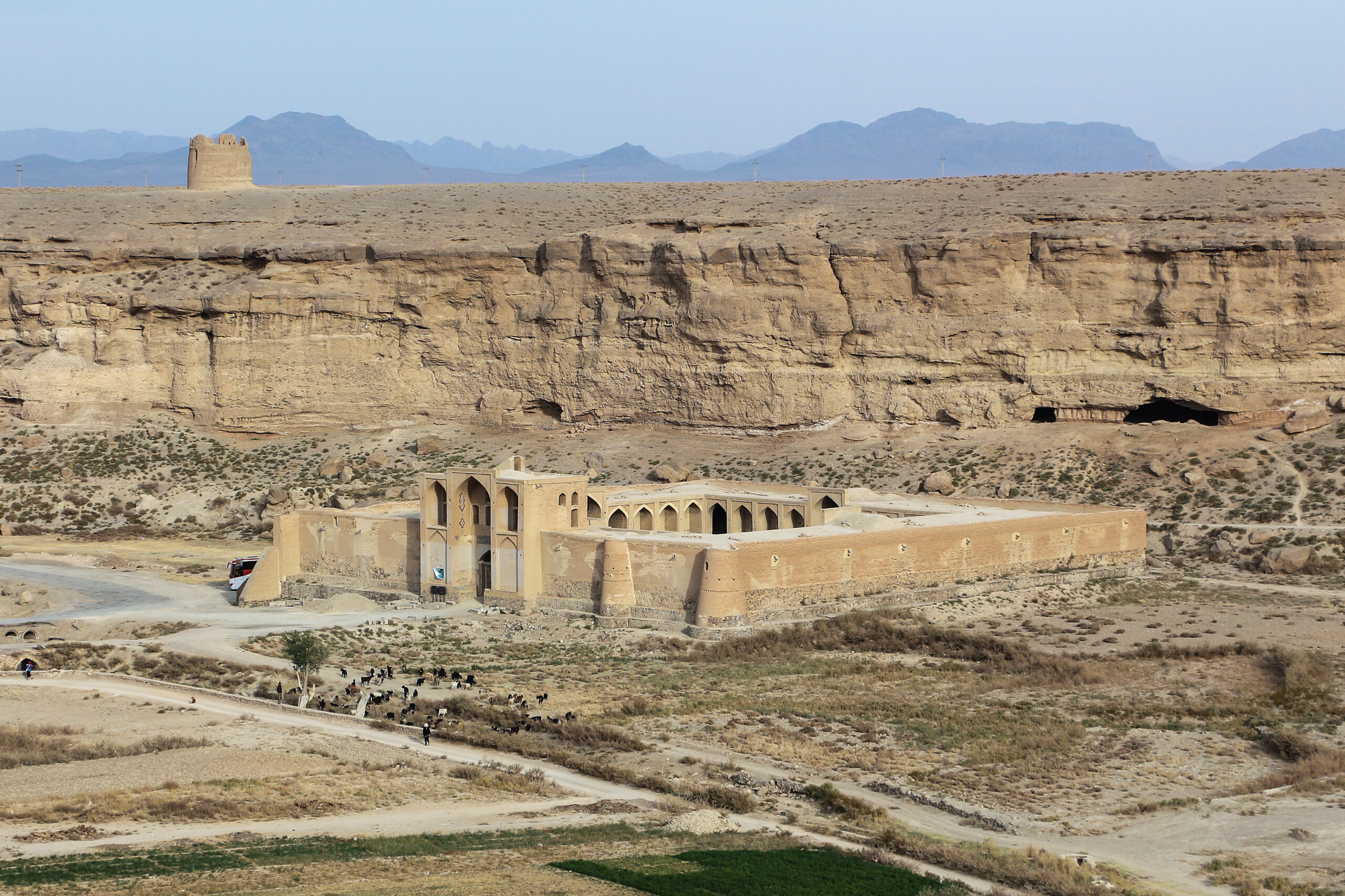
For centuries, the Silk Roads were the arteries of civilization—winding trade routes that stitched together vast empires, diverse cultures, and distant geographies. Spanning thousands of miles from China to the Mediterranean, the Silk Roads were more than just a network of trade—they were the lifeblood of intercontinental exchange in goods, ideas, religions, technologies, and cultures. They became the first true global highway system, creating lasting connections between the East and the West long before the modern era.
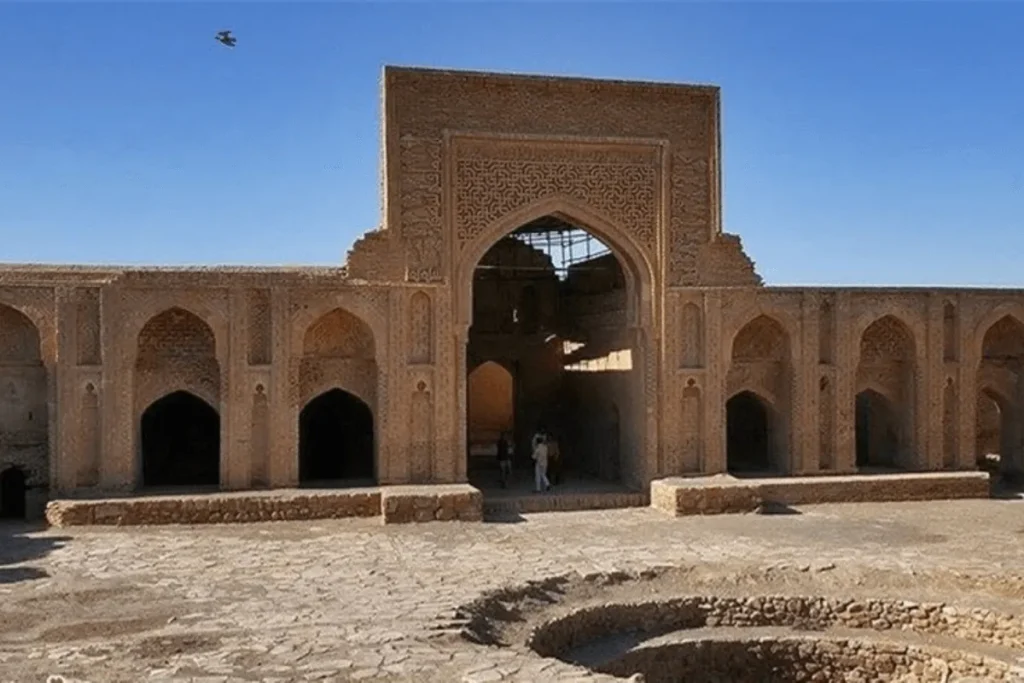
Origins of the Silk Roads
The Silk Roads trace their origins back to the 2nd century BCE, during the Han Dynasty of China. The term “Silk Road” (coined in the 19th century by German geographer Ferdinand von Richthofen) refers to a series of interconnected trade routes, both overland and maritime, that enabled the exchange of silk—China’s prized export—along with other goods like spices, ceramics, and precious stones.
While the trade of silk was a central feature, the Silk Roads facilitated multidimensional interactions. The earliest foundations were laid when Emperor Wu of Han sent emissary Zhang Qian westward in 138 BCE to establish alliances. This led to formal trade connections with Central Asia and beyond, setting the stage for centuries of commercial and cultural exchange.
Geographical Scope
The Silk Roads covered an expansive network of routes:
- Overland Routes: Starting from Chang’an (modern-day Xi’an) in China, passing through the Taklamakan Desert, Central Asia (Samarkand, Bactria), through Persia, and finally to Anatolia and the Mediterranean ports.
- Maritime Routes (Sea Silk Road): Connecting Chinese ports like Guangzhou to Southeast Asia, India, the Arabian Peninsula, and East Africa via the Indian Ocean.
This network included cities like Baghdad, Constantinople, Kashgar, and Damascus, which served as major crossroads of commerce and culture.
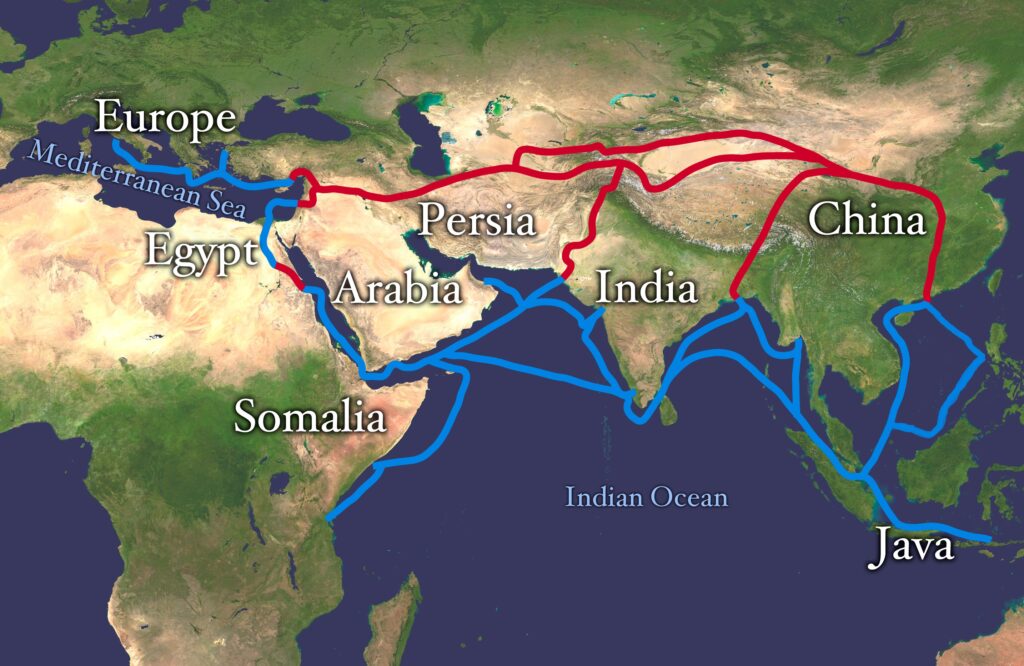
Goods and Trade: More Than Just Silk
While silk was the most luxurious and sought-after product—especially by Roman elites—it was not the only commodity traded. Goods from East to West included:
- Silk
- Porcelain
- Gunpowder
- Tea
- Paper
From West to East, merchants brought:
- Gold and silver
- Glassware
- Wool, linen
- Wine and olives
- Spices and incense
- Horses (especially prized by the Chinese)
The Silk Roads also facilitated the exchange of luxury items, rare minerals, and even live animals like elephants and camels.
Cultural and Religious Exchange
The Silk Roads were not just about commerce—they were also a bridge of ideas. These routes became pathways for the spread of religions, philosophies, and sciences.
Religious Dissemination:
- Buddhism traveled from India to China, Korea, and Japan via Central Asia, brought by monks and travelers.
- Christianity and Zoroastrianism spread eastward through Persia and beyond.
- Islam spread westward and eastward after the 7th century, reaching as far as Indonesia and China.
Temples, monasteries, and caravanserais (inns for traders) dotted the roads, helping ideas to flourish and blend. Cultural fusion was especially evident in cities like Samarkand and Khotan, where Buddhist art merged with Persian and Greek styles.
Technological and Intellectual Exchange
Technologies, inventions, and knowledge also moved along these routes:
- Papermaking and printing spread from China to the Islamic world and eventually to Europe.
- Mathematics and astronomy from India and the Islamic world influenced European thought.
- Gunpowder, the compass, and the stirrup—Chinese inventions—eventually reached the West, revolutionizing navigation and warfare.
The Silk Roads helped usher in the Islamic Golden Age, during which scholars in Baghdad’s House of Wisdom translated Greek, Indian, and Persian texts into Arabic, later reintroduced into Europe during the Renaissance.
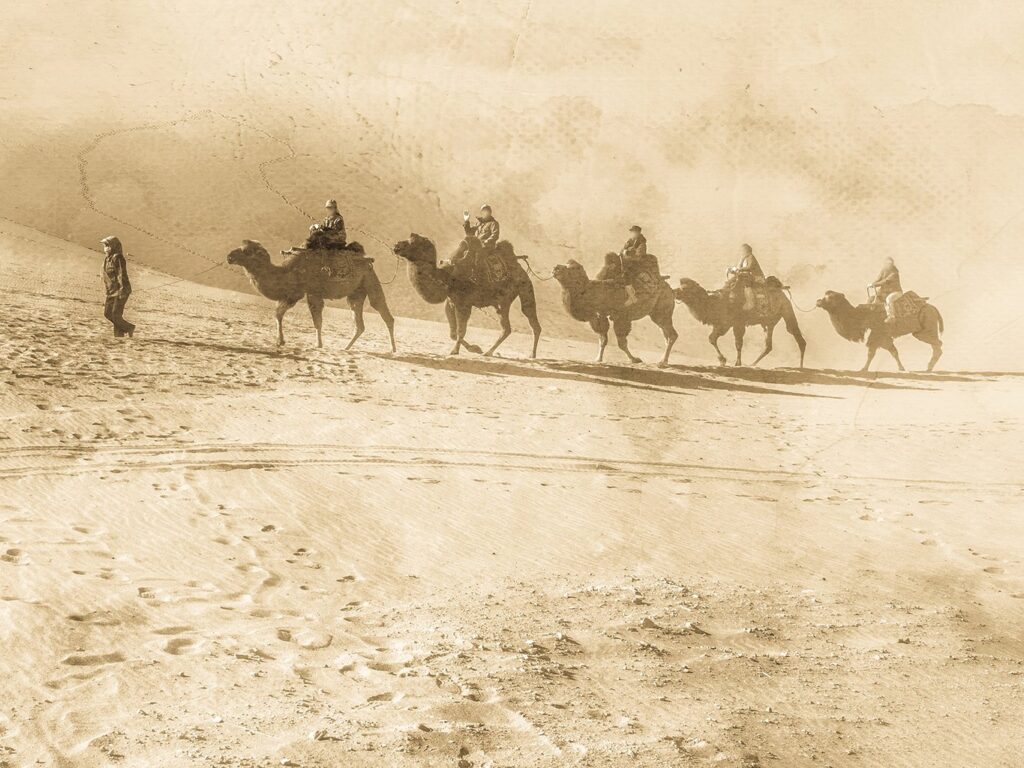
The Role of Empires
The stability and expansion of large empires were crucial for the Silk Roads to thrive:
- The Han Dynasty ensured security and infrastructure in the East.
- The Persian Empire acted as a cultural and commercial intermediary.
- The Roman Empire, with its demand for silk, played a major role in encouraging eastward trade.
- Later, the Mongol Empire under Genghis Khan and his successors unified vast territories, allowing a new peak in Silk Road activity during the 13th and 14th centuries. This era saw the safe passage of merchants like Marco Polo, who journeyed to the court of Kublai Khan.
Decline of the Silk Roads
Despite centuries of flourishing trade, the Silk Roads began to decline by the 15th century due to several key factors:
- The fall of the Mongol Empire led to instability and insecurity along the routes.
- The rise of maritime trade routes—especially after European exploration and the Age of Discovery—offered faster and safer alternatives.
- The Ottoman Empire’s control of key passages created trade barriers between Europe and Asia.
- The Black Death, which traveled along the Silk Roads, led to a sharp decline in movement and population.
Legacy of the Silk Roads
The Silk Roads left a profound legacy that continues to influence the modern world:
- Many cities that thrived as Silk Road hubs remain major cultural centers today (e.g., Xi’an, Istanbul, Samarkand).
- The concept of interconnectedness and globalization has roots in these ancient networks.
- In recent years, China has launched the Belt and Road Initiative (BRI)—a modern attempt to revive the economic connectivity of the ancient Silk Roads through infrastructure development across Asia, Africa, and Europe.
UNESCO has designated parts of the ancient Silk Roads as World Heritage Sites, acknowledging their importance to world history and cultural heritage.
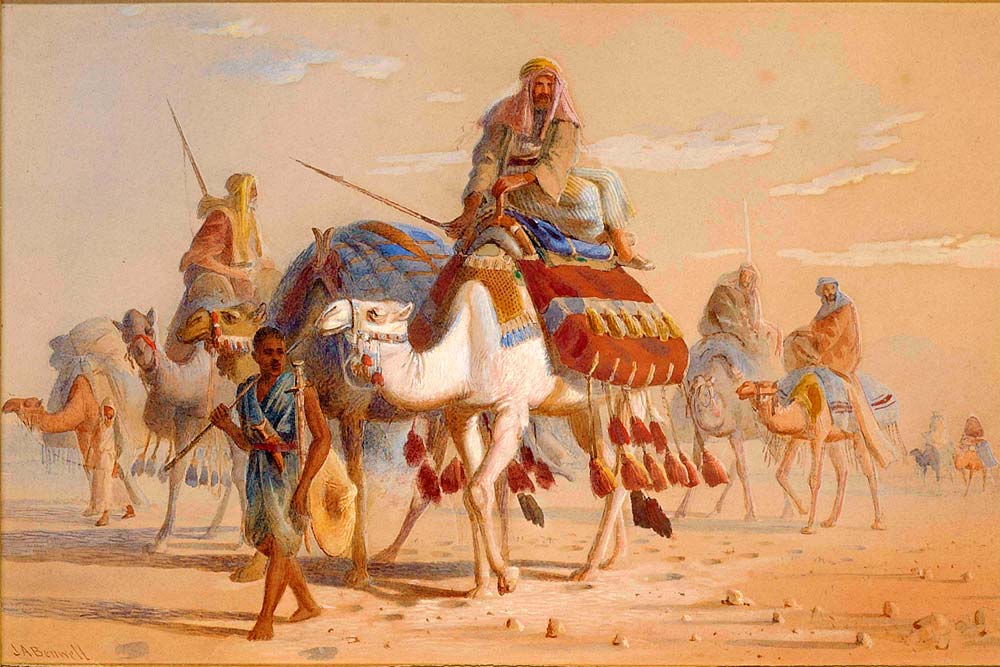
Conclusion: A Path That Changed the World
The Silk Roads were not merely highways of trade but avenues of civilization. They connected the ancient world in ways never seen before, allowing a two-way exchange that shaped empires, belief systems, technology, and language. They turned distant strangers into neighbors and sowed the seeds of the modern globalized world.
From the deserts of Central Asia to the ports of the Mediterranean, the Silk Roads tell a story of curiosity, ambition, and human connection—a story that continues to inspire even today.




